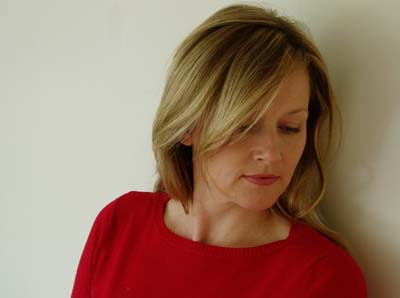Interior Design and Decorating
From the first contact from a prospective client to the completion of a design project, I will be discussing the different stages of preparing a design for a client. The initial meeting establishes the limits and scope of the project to be undertaken, and from this first stage a specific plan can be built up by the designer. There are many details to discuss with the client, such as the function, look and feel of the room in question, the client’s budget parameters and expected timescales. Emphasis on aesthetics, practicality, durability and overall cost will be discussed.
It is important to discuss with the client how he/she envisages the design of the room. The client may have a particular style in mind and the designer would use this as a foundation to work from and build upon. If the client is unsure about the particular style he/she would like, the designer can show his portfolio of previous designs of a similar room as suggestions. The designer can also show articles from magazines that depict similar room placements.
Budget is a very important factor that needs to be determined at this early stage as this can shape the whole design; so it is vital that the designer establishes exactly the kind of budget the client is working with. For example, if the budget is limited the designer would need to take into consideration whether items in the room would need a makeover. This could be applied to old sofas and chairs that can be brightened up by choosing throws and cushions to compliment the overall look. If the budget is more flexible, recovering of sofas and chairs or even purchasing new ones would be more appropriate. Again time scales would need to be discussed. A designer would need to know the clients time scale and work to this accordingly. Time-scales are a two-way issue; if skilled craftsmen are required the designer would need to book their services in advance. The designer will liaise with all parties involved in the project and ensure that all recognize their responsibilities and commitments to the project.
The designer must record all existing features in the room in question. Accurate measurements of the room will include all walls, alcoves, window recesses, window openings, floor to ceiling height, door recesses, door openings, furniture to remain in the room, skirting depths, diagonals of the room, features in the room i.e. a fireplace or built in wardrobes.
Noting the quality of the existing electrical sockets and their positioning is also important as they made need updating or more sockets may be required. In many houses there aren’t enough sockets, which can result in dangerously overloading plugs. If this is so then an electrician would need to be employed to carry out this work. With permission from the client, It is a good idea to take photos of the interior to use as reference when later designing the room. A digital camera is an invaluable asset for the modern interior designer as information can be stored onto a computer for later reference. Paint colour charts could also be useful to take to the initial consultation as matches can be made with specific items that are to remain in the room that is being re-designed. Also the designer can get a feel for the colours that are the client’s preference.
An understanding of the function of the room is required before choosing and arranging furniture. For example, a lounge might have to double up as a study, children may need to do their homework or music practice in the room, so areas for these activities would need to be taken into consideration. Shape and size also play a part in this decision. Any furniture items that the client wants to keep need to be considered to later integrate into the design as a whole. Any specific features in the room need to be considered whether they are to be enhanced or hidden.
The designer will also assess the quality of the light entering the room. It will be useful to ask the client whether the room will be used mainly in daylight hours as this can determine the lighting required in the room. For example, if designing an office the space would need good lighting at all times of the day (natural and artificial). Another example would be an artist’s studio where the room would need enough natural light entering the room during the daytime.
Once all the initial studies and measurements have been taken a fee for this consultation and designing the room needs to be agreed between the client and the designer. This is purely for carrying out the design of the room and a further contract would be drawn up once the designs have been accepted by the client from the quotation produced. The quotation would detail all fees and materials and also a description outlining the work to be undertaken.
On returning to his studio, the designer will draw up a working plan to scale of the room. Working with the brief from the client the designer will start creating designs in the form of perspective drawings, elevations, floor plans and sample boards. The designer will need to research into possible retail sources for items of furniture and soft furnishings to compliment his designs; price lists of these items will need to be produced to show to the client. Sourcing chosen fabric samples to take to show as examples to the client is also a good idea.
The next stage for the designer will be to present the designs to the client. This meeting gives the designer the opportunity for feed back from the client in the way of minor changes that may have to be made, slight alterations and hopefully acceptance of the design. Further adjustments can be made at this stage. The designer may need to meet with the client a third time to finalise the design, whereby a date can be set to implement the design. It is important that the final design be aesthetically pleasing whilst meeting the cost constraints of the client. By now the designer will have set a program of events in place and will be working very closely with the client and sub-contractors, (if required), to produce the design. The designer will already have a team of craftsmen to use.
In conclusion the process of producing a design for a client is a simple and logical one with easy steps taken towards ensuring client satisfaction. By working closely with the client and gaining as much information as possible the designer can transform his clients initial dream into a reality.
2012- 2050 Forecast : What can we expect ? Gary Renard
-
Lilou Macé (born Aurélie Macé, on the 20th of August 1977) is a
French-American author, socialite, TV host and international Internet
self-improvement g...
8 years ago













No comments:
Post a Comment